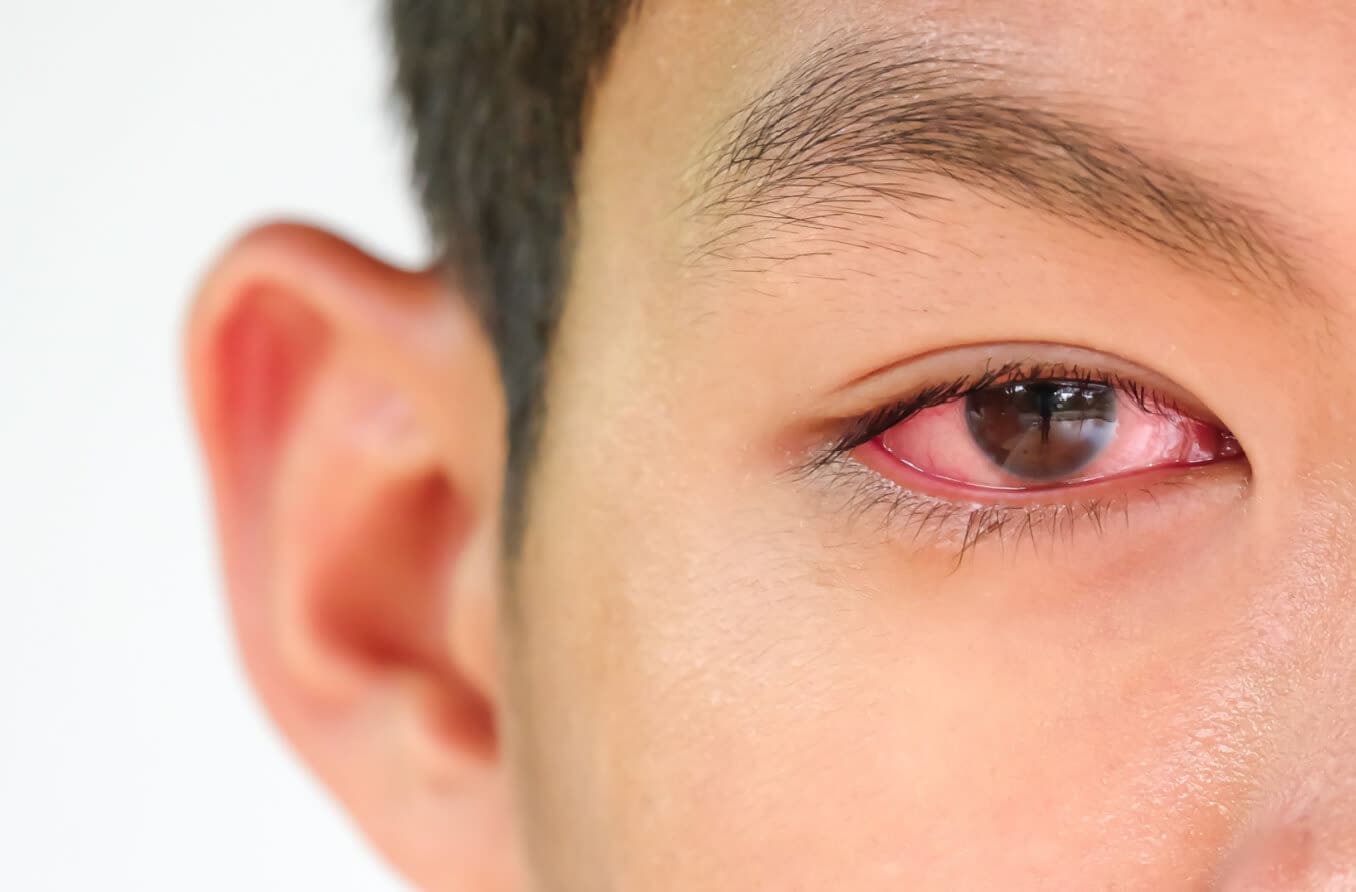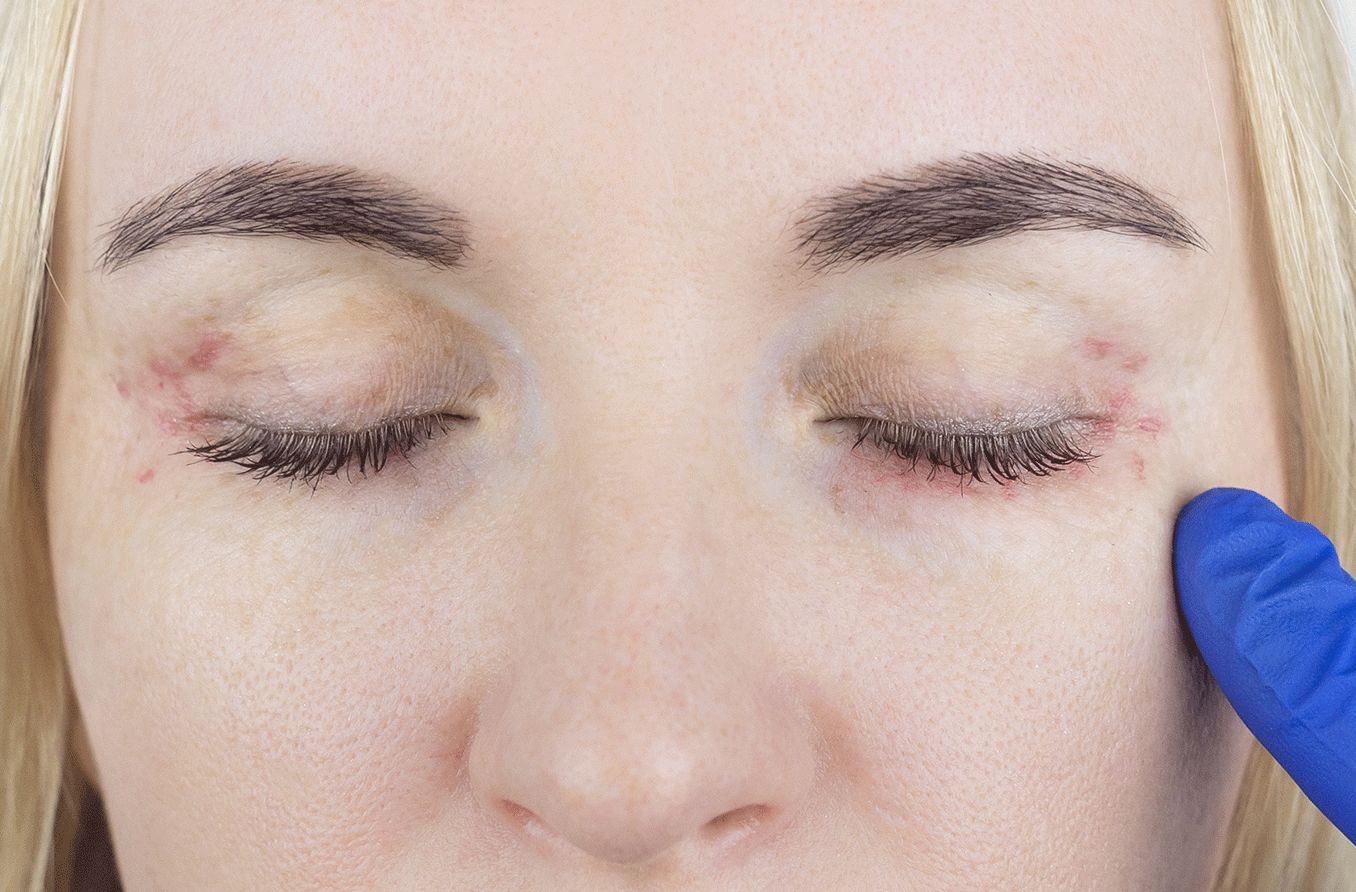Rheumatoid arthritis can cause many eye issues. Though they vary in severity, most of them can be managed or prevented with proper treatment.
Dry eye syndrome
Dry eye syndrome is a condition in which there is a chronic lack of moisture on the eye’s surface. Inflammation caused by rheumatoid arthritis damages the oil glands that lubricate the eyes.
Dry eye syndrome is found in other autoimmune diseases, such as Sjogren’s syndrome and lupus.
People with dry eye syndrome often experience the following symptoms:
Uveitis
The uvea is the middle layer of the eye, and is made up of the choroid, ciliary body and iris. Each of these parts plays a critical role in the eye’s ability to see. In cases in which RA starts to affect the uvea, one or more of these parts can become inflamed — a condition called uveitis.
Anterior uveitis characterizes inflammation of the iris and/or the ciliary body. Intermediate uveitis means only the ciliary body is inflamed. When the choroid is inflamed, it’s known as posterior uveitis. Diffuse uveitis or panuveitis are terms used when all parts of the uvea are inflamed.
Symptoms associated with uveitis include:
Scleritis
The sclera, also known as the whites of your eyes, work as the walls of the eyeball. They give the eyeball its shape and protect everything inside of it.
RA can target the woven, web-like tissues that make up the sclera. Inflammation of these tissues is called scleritis. Scleritis can occur in the front part of the sclera (anterior scleritis) or in the back part (posterior scleritis).
There are different ways rheumatoid arthritis can affect the sclera. Inflammation across the scleral surface is the most common type of scleritis. Though rare, it’s also possible for raised nodules to form in areas of the sclera, or for scleral tissue to erode.
People with scleritis usually experience:
- Sharp, severe eye pain that develops over several days
- Light sensitivity
- Blurred vision
- Redness
- Swelling
- Excessive tearing
Keratitis
Keratitis describes inflammation of the cornea (the clear surface across the front of the eye). There are many different types and causes of keratitis. Ulcerative keratitis or peripheral ulcerative keratitis is the type associated with RA.
Peripheral ulcerative keratitis (PUK) is a condition in which inflammation deteriorates the cornea. The deterioration process is known as corneal melting.
Inflammatory damage usually appears as a crescent shape in the limbus area of the cornea. The limbus region borders the cornea and the sclera. The outer edges of the iris (colored part of the eye) work as a marker for where the limbus is located.
Symptoms of peripheral ulcerative keratitis include:
- Foreign body sensation
- Light sensitivity
- Blurry vision
- Eye pain
- Excessive tearing











